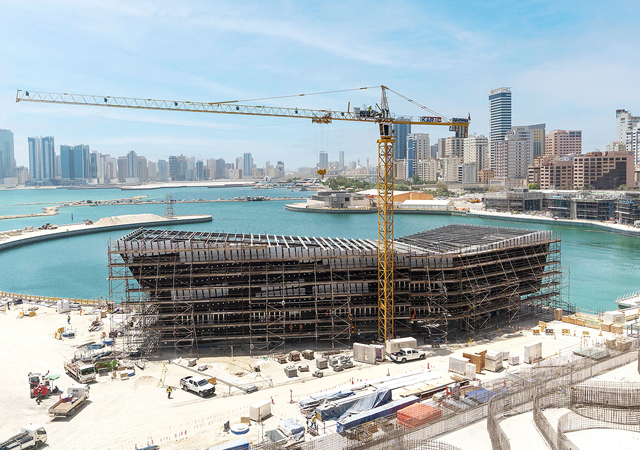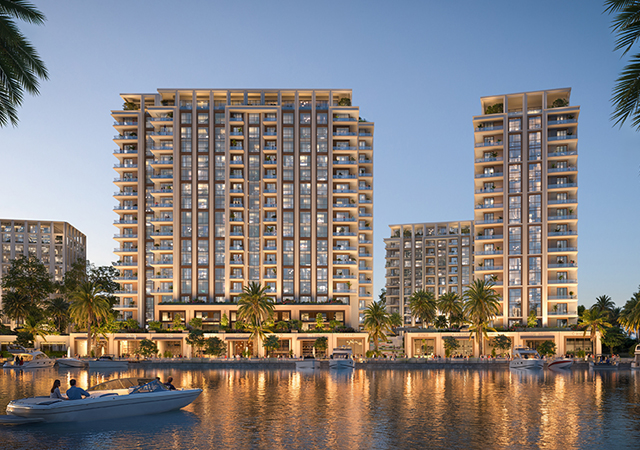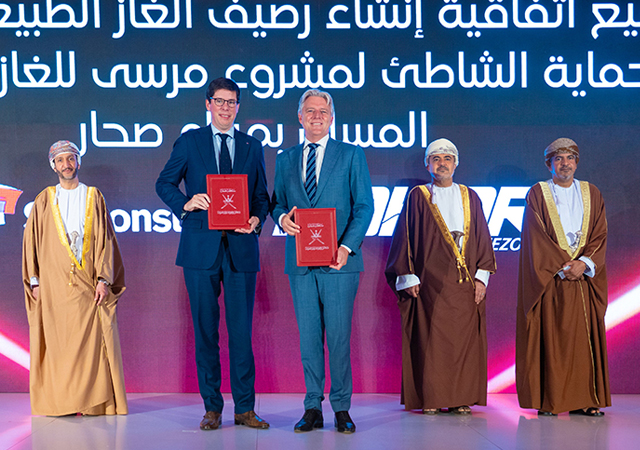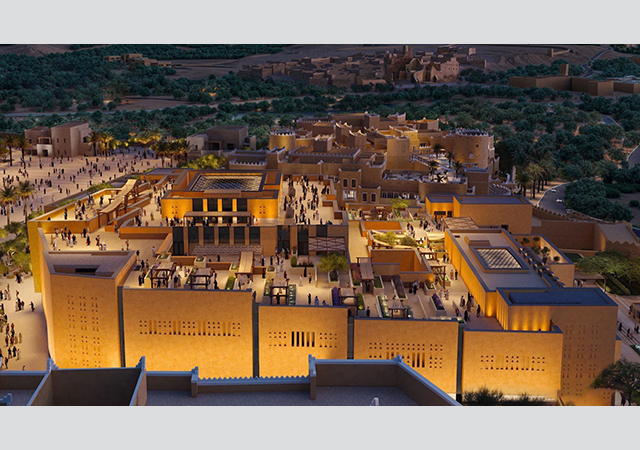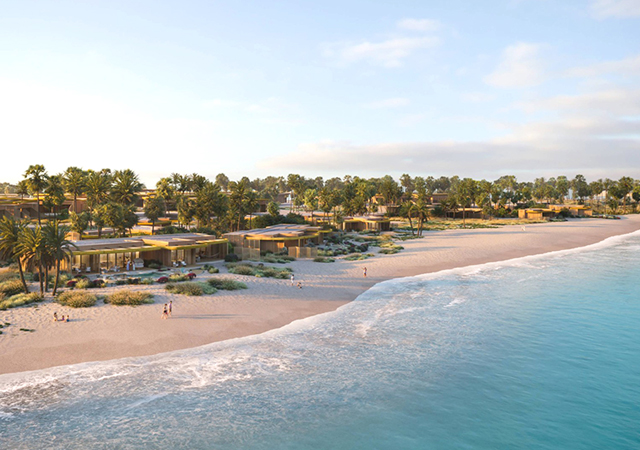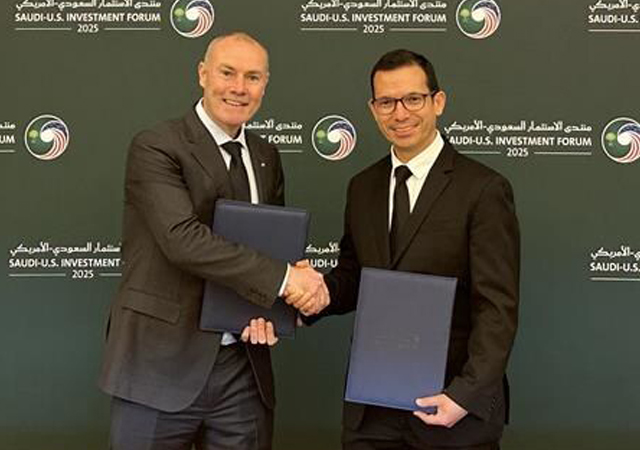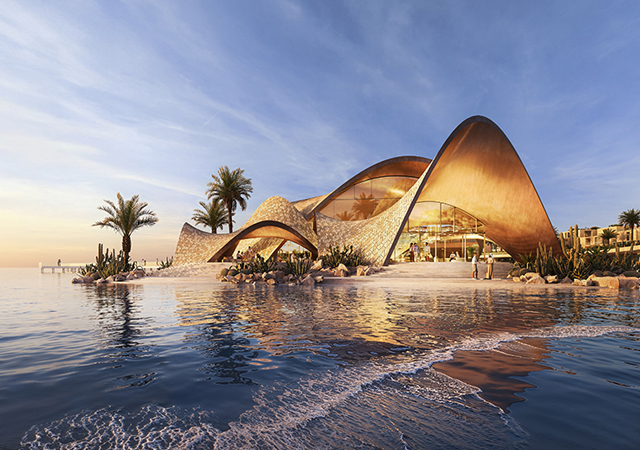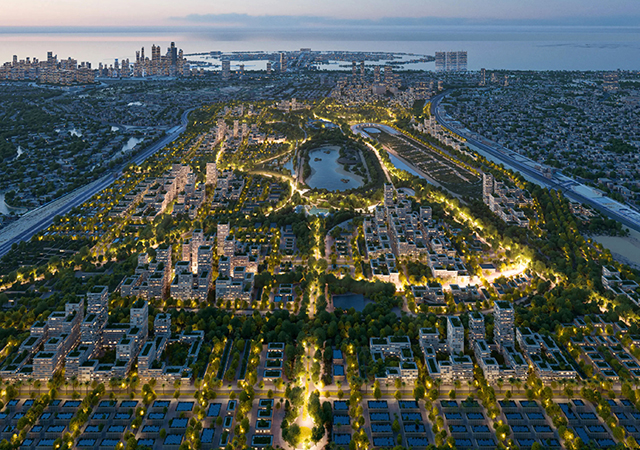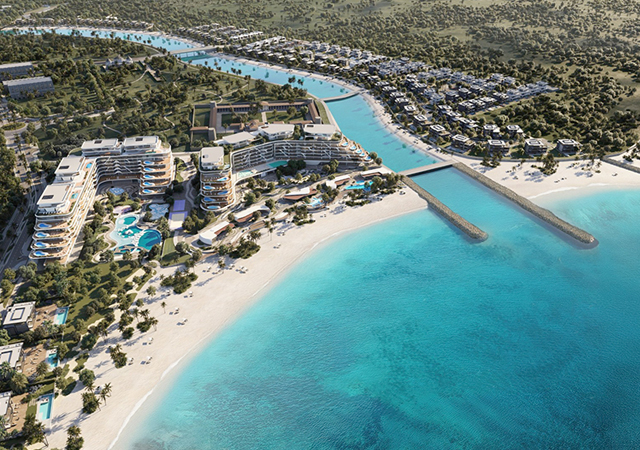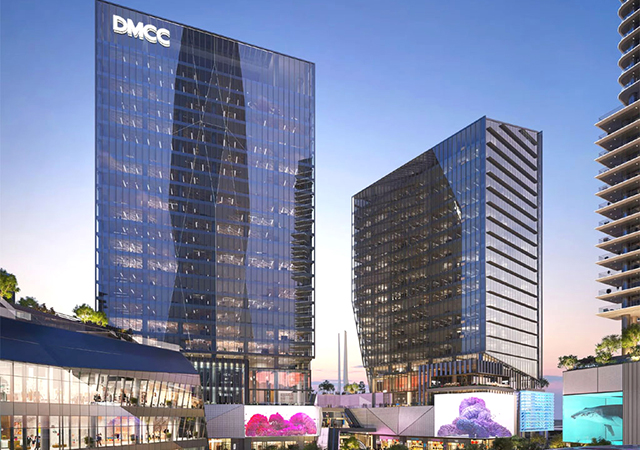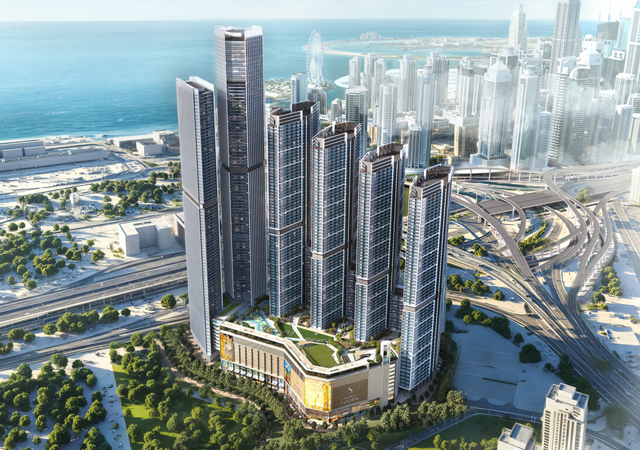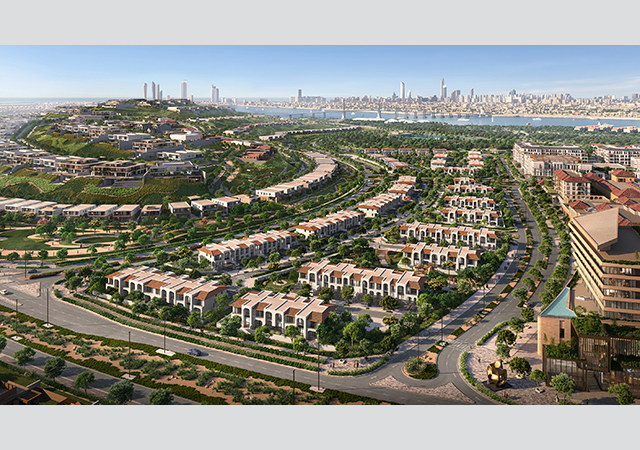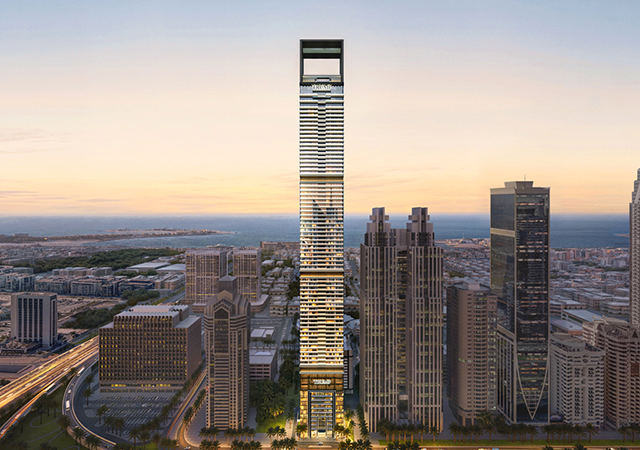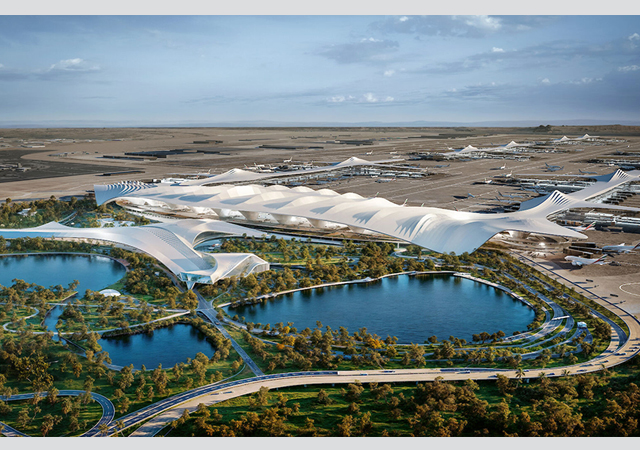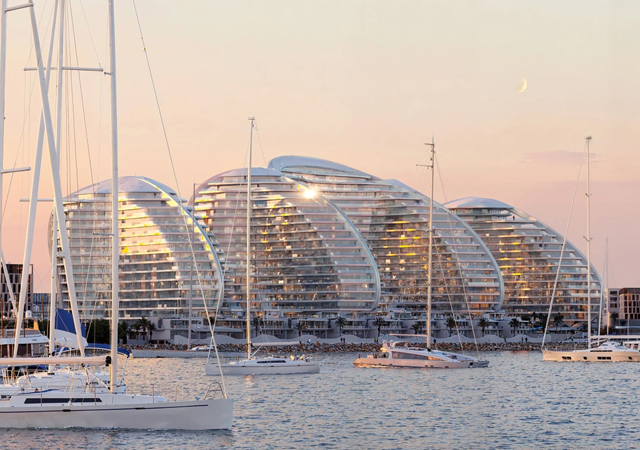
 At the tendering stage ... a perspective of North Shore Corridor.
At the tendering stage ... a perspective of North Shore Corridor.
Bahrain’s Ministry of Works is eagerly awaiting the green light on the new budget, which will enable it to press ahead with a string of strategic projects designed to ease traffic congestion, facilitate a smooth traffic flow and enhance safety for both the pedestrian and the motorist.
Among the landmark projects waiting in the wings is the ambitious North Shore Corridor project, bids for which are due to be submitted this month (February 18).
Speaking exclusively to Gulf Construction, the ministry’s assistant undersecretary for roads, Essam Abdulla Khalaf, explains that this landmark project will stretch from the Diplomat hotel as a viaduct from the King Faisal Corniche, linking Al Fateh Highway, the Bahrain Bay, the Bahrain Financial Harbour and Seef district.
Seven local and local and international joint venture firms have been shortlisted for the project, which is expected to be awarded by June. Work on this major road project is slated to be launched this year, subject to provisions being made in the budget. The construction contract period will be 36 months.
Khalaf, however, is optimistic that the allocation for the roads sector in the budget – which is awaiting parliamentary approval – will match that set for 2008, which had an outlay of BD55 million ($145.9 million).
The North Shore Corridor is part of the Strategic Roads Masterplan (SRM), which aims to cater to the increased growth in traffic in the kingdom up to 2021.
Launched in 2004, the SRM prioritises the projects to be implemented and has been drawn up taking population growth, housing, investment projects, and other areas of traffic density into consideration.
“Based on the demand, we have drawn up a traffic model, which will be implemented in an objective manner. The 20-year programme is updated every seven years to accommodate the changes that have taken place in the interim,” he says, adding, “The next update of the SRM is due next year.”
As per the SRM, projects have been prioritised into those that are to be implemented immediately, those that are targeted for completion by 2011 and the third group that is to be implemented by 2021.
He points out, however, while some projects are scheduled to be carried out by 2021, the ministry is already working simultaneously on certain projects as these require extensive planning, clearing of the road corridors, land acquisition, finalisation of the route and liaising with the various services authorities involved.
Commenting about ongoing projects, Khalaf says: “Last year was one of the busiest in the roads sector.”
Speaking on the major ongoing projects, he says that the Sitra bridges project is due for completion in May 2010 while the Isa Town Interchange will be completed by June 2010.
Work on the Isa Town Interchange is running as per schedule although Khalaf acknowledges that there have been slight delays on the Sitra bridges, primarily because of the problems in shifting the services.
He explains: “We have had difficulties in shifting the services, such as electricity, water lines and telecommunication cables, which run along the roads, and this has required more time than anticipated. In addition, we have had to clear some of the factories in the adjoining Mina Salman area, among other technical issues.”
However, the ministry has been exerting every effort to monitor the progress on the road and the quality of construction and has been conducting weekly meetings with the consultant and contractor to make sure that work is carried out to programme.
On the Bahrain-Qatar Friendship Bridge, he said the project was being spearheaded by the Bahrain-Qatar Foundation. A lot of work has been done on the project – the route and location of the bridges have been finalised, and the hydraulic, environment and traffic studies have been completed. Soil investigation is being done and work will start on further detailed hydraulic studies, he says.
“On the Bahrain side, we have done the traffic impact studies to take into account the increased volume of traffic on the country’s network. With Bahrain being relatively small, no new roads will be required but the existing link roads will have to be upgraded to accommodate the new requirements,” Khalaf says.
“We have identified two highways – the Estiqlal Highway and the Shaikh Jaber bin Ahmed Highway – that will have to be upgraded as part of the programme, among other aspects,” he adds.
Other developments include the Hamad Town underpasses project and the Zallaq bridge, which are on track for completion next month (March). The link road to the Reef Islands should be completed in September, while the Bahrain Map Intersection is scheduled for completion in August.
“We have also embarked on an ambitious programme to open new roads in new housing areas and a village rehabilitation programme, which started in 2003. So far, we have completed 15 villages,” Khalaf states.
Another major project is the western arterial in Hamad Town.
Other road improvement projects planned include construction of flyovers at the Alba and Nuwaidrat roundabouts, upgrade of the King Faisal Highway and extension of the National Loop to the south of Bahrain. The Alba roundabout upgrade will also serve the traffic to and from the Bahrain-Qatar Causeway, which terminates in Bahrain at Askar.
Among the long-term projects, the SRM recommended that studies be conducted to complement the masterplan so as to better utilise the road network through an Integrated Transport System (ITS). A part of this overall programme, which involves the installation of cameras and coordination of the traffic signals through a central computer, has been implemented. The next stage of this programme is to alert drivers of traffic conditions through overhead digital instructions set up on gantries across the road. Khalaf is anxious to go ahead with this stage of the programme, which will be undertaken in five stages in as many years – once the funds are made available.
Khalaf continues: “We recognise that road congestion cannot be addressed solely by road improvement and hence the importance of a public transportation system. While in most other countries the public transport is the main mode of transport, in Bahrain it accounts for just a seven per cent share of the overall transportation methods. The SRM indicates that this must be increased to 30 per cent to ease the current situation.”
The study has also recommended a monorail system linking various parts of Bahrain, including Bahrain International Airport to Manama, Juffair to Seef, and the University of Bahrain to Hamad Town.
Other projects to be carried out include privatisation of the parking meter system.
Commenting on the impact of the escalation of prices of building materials and the shortage last year, Khalaf says: “At some stage in the last quarter, we did feel the impact but fortunately it did not last long.”
However, the cost escalation last year did affect the ministry in terms of budget allocations for projects.
“The impact was seen in the high prices we received for tenders because of the boom. Given the large volume of work available on the buoyant market, we could not attract a large number of contractors and the prices that we got – although through a competitive bidding process – were high,” he says.
This led to a budget deficit, which was resolved last month, following the transfer of BD30 million to the roads budget.
Commenting on the operations of the roads sector, the assistant undersecretary explains that in implementing projects, the Ministry of Works has to liaise with a number of authorities, including the directorate general of traffic at the Ministry of Interior, the urban planning directorate at the Central Municipal Council, as well as the telecommunications authorities, Ministry of Education for the schools and other authorities.
The ministry uses its in-house planning and consultancy services while also utilising the services of local and international consultancies in cases where it does not have the required expertise or the capacity to handle specific projects. For instance, it has Hyder Consulting working on the North Shore development, Parsons on the Seef flyovers, Cowi for the Sitra bridges, Ismail Khonji Associates for the Durrat Highway and Systra for the Integrated Transport System (ITS).
Khalaf accords high importance to traffic safety and admits that greater efforts are required to ensure higher safety on the roads. The ministry has been liaising with the various government agencies to draw up a strategic 10-year road safety plan, which has set a target of reducing the road accident rate by 30 per cent. In these efforts, the ministry is responsible for the road engineering aspects, such as design of an efficient road network, installation of crash barriers, and pedestrian crossings, among other aspects.
With the number of vehicles on the road having increased dramatically, another area which needs to be addressed is parking spaces for vehicles. Khalaf points out, while the ministry is building facilities wherever it can and is trying to maximise on space, the land available for car-parking is not adequate to take care of present needs. Among the initiatives taken by the ministry is the construction of multi-storey car-parks on land previously allocated for at-grade parking such as adjacent to the Ministry of Housing headquarters.
The ministry is also pursuing “green initiatives” in terms of energy and has targeted two areas, which are still in the experimental stage: one is solar-powered parking meters and standby power generators for traffic signals.
The first of these pilot projects has been successful, and the second such experimental facility is being put up to ensure its viability, prior to going to tender on this pioneering project, Khalaf concludes.




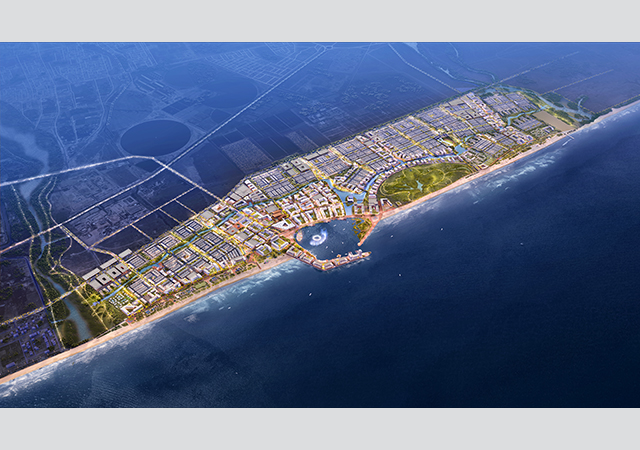


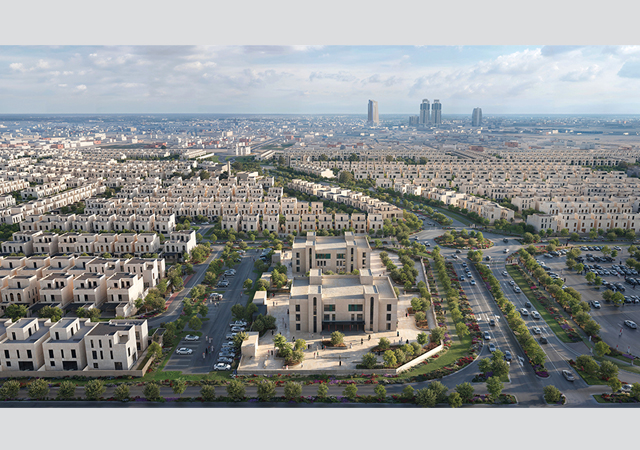


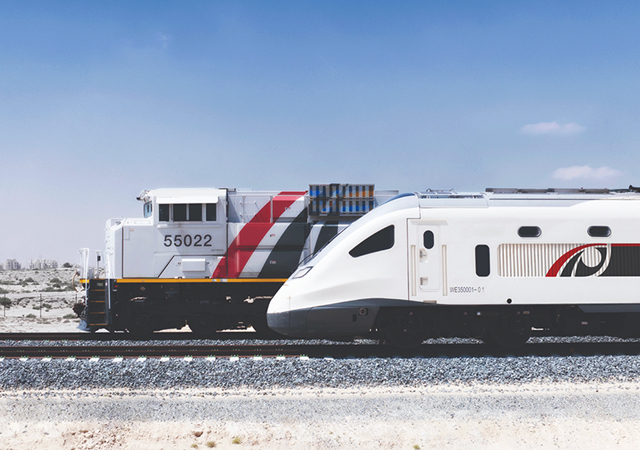
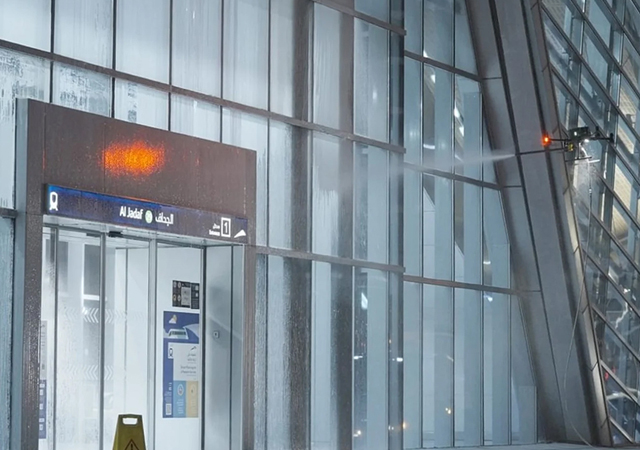
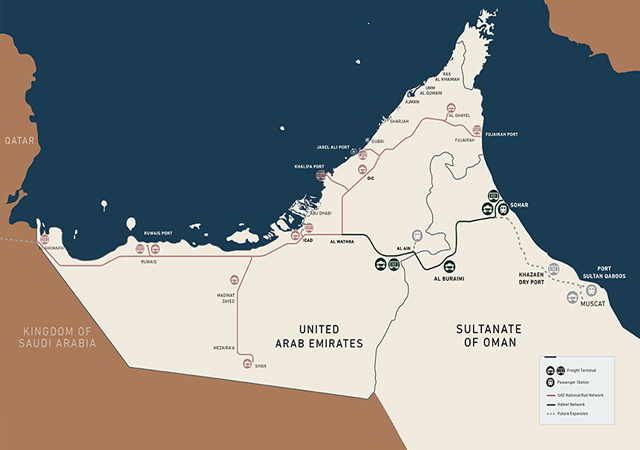
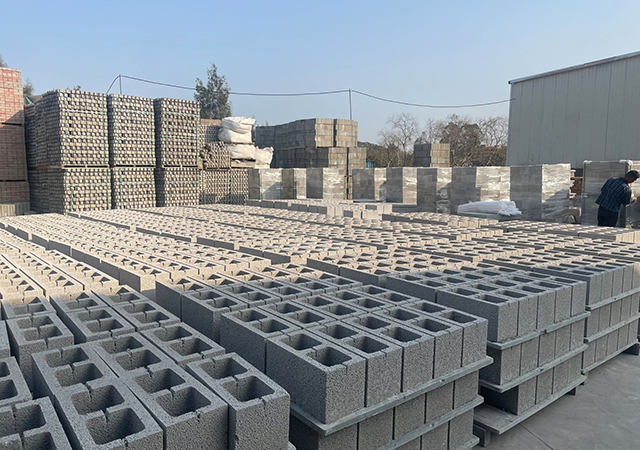


.jpg)
.jpg)
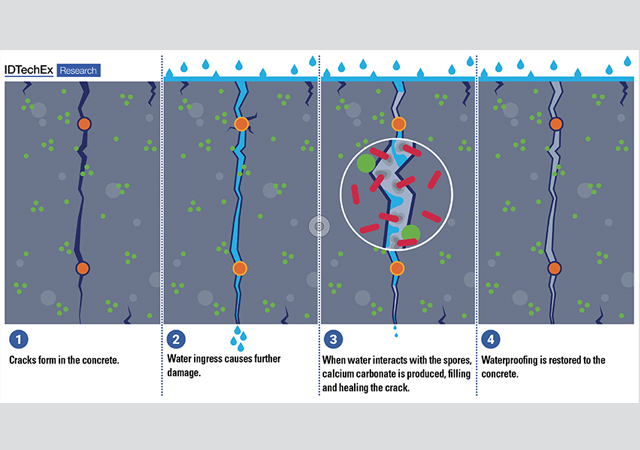
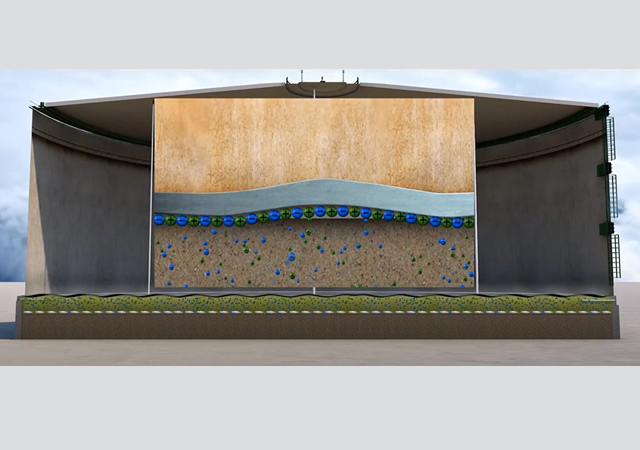
.jpg)
.jpg)
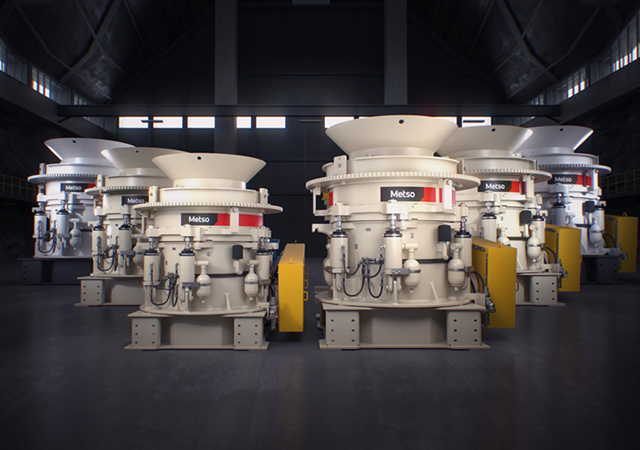

.jpg)
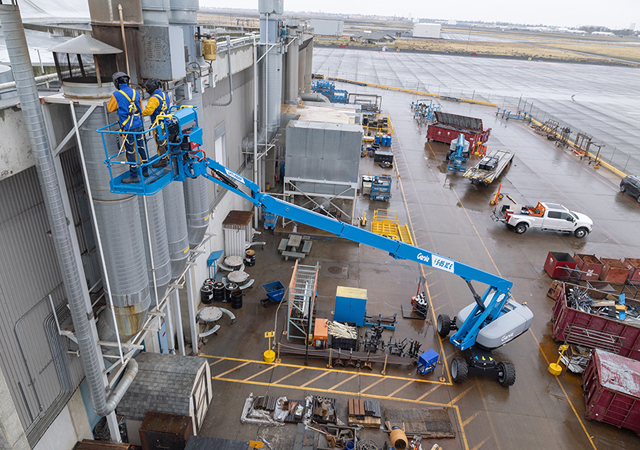

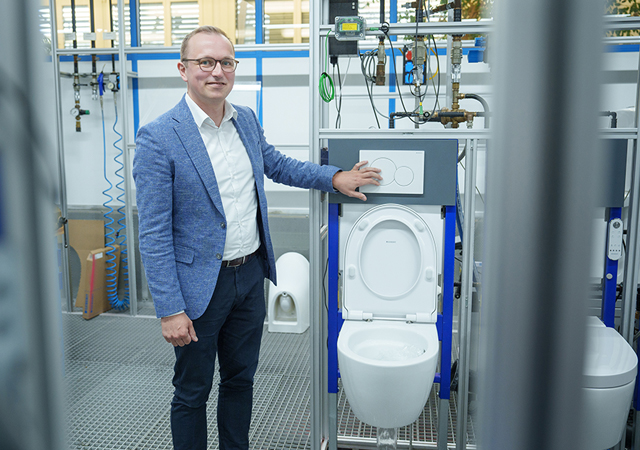

 Doka.jpg)



